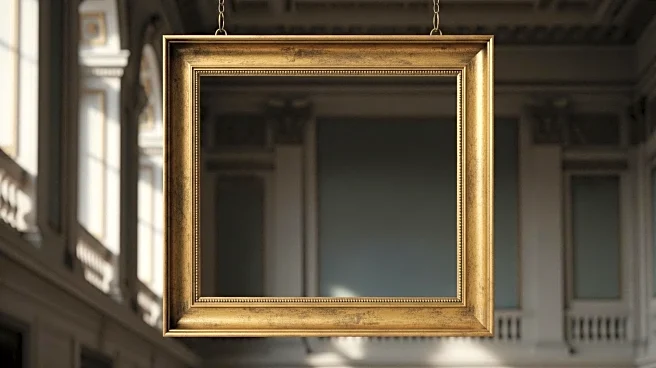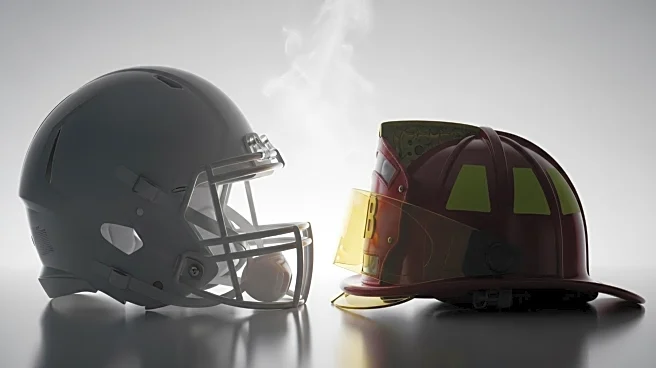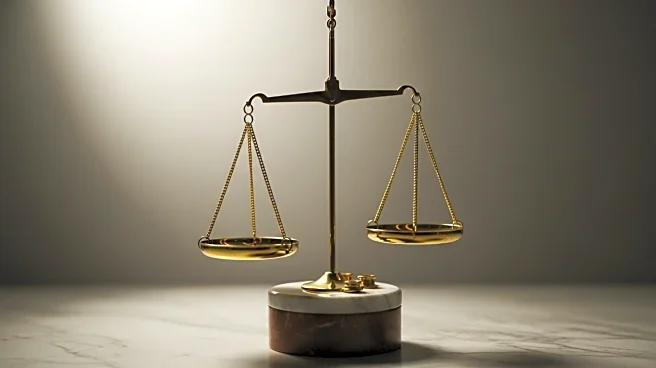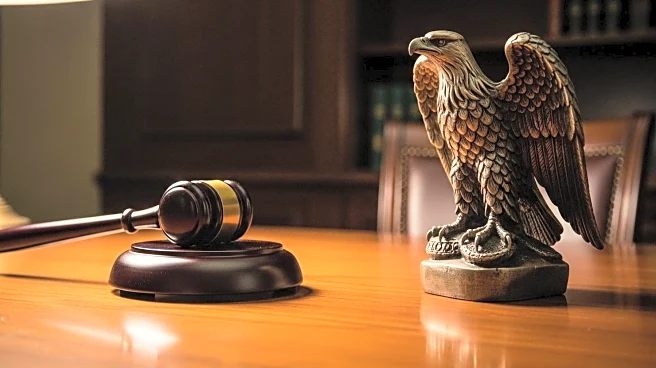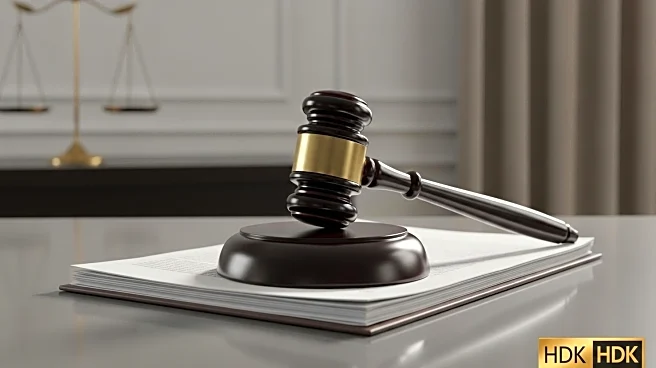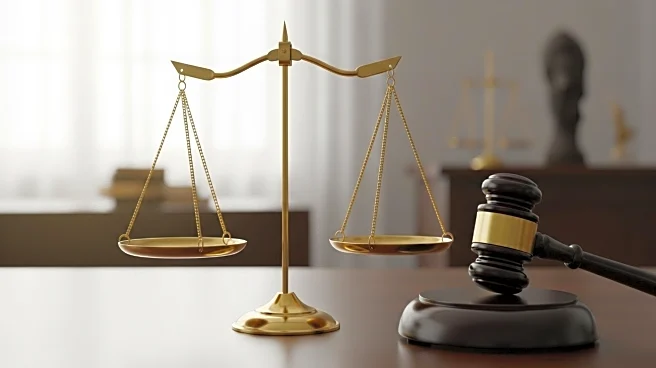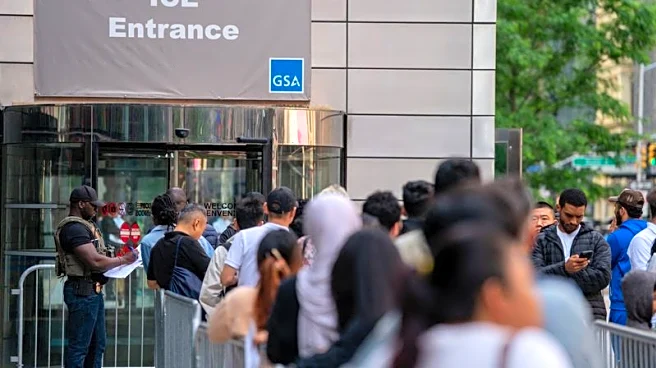What's Happening?
The United States Military Academy at West Point is set to rehang a portrait of Confederate General Robert E. Lee in its library. This decision is part of a broader strategy by the Trump administration to counter initiatives aimed at removing Confederate symbols from military properties. The portrait, originally hung in 1952, depicts Lee in his Confederate uniform alongside a slave guiding his horse. It was taken down in recent years amid debates over the representation of Confederate figures within military institutions. The reinstallation follows a complex relationship West Point has had with Lee, who graduated from the academy and later chose to lead Confederate forces during the Civil War.
Why It's Important?
The reinstallation of the Lee portrait at West Point highlights ongoing debates about how history is remembered and interpreted within military contexts. It reflects larger societal discussions about race, representation, and the legacies that institutions choose to honor. The decision has sparked criticism from lawmakers who argue that maintaining such tributes perpetuates a harmful legacy. This move is part of a series of actions by the Trump administration, including the reinstatement of names of Army bases and a Confederate memorial, which have circumvented the Naming Commission's legal mandate through technical loopholes.
What's Next?
The reinstallation of the Lee portrait raises questions about the future of Confederate symbols in military institutions. The Naming Commission, established by Congress in 2020, continues to evaluate the appropriateness of honoring figures associated with the Confederacy. As debates persist, military institutions may face pressure to align their representations with values that reflect the nation's highest ideals. The commission's final report recommended a balanced approach to Lee's legacy, suggesting the removal of depictions that emphasize his role as a Confederate leader.
Beyond the Headlines
The decision to rehang the Lee portrait at West Point underscores the ethical and cultural dimensions of historical representation. It challenges institutions to consider the impact of their choices on societal values and the narratives they promote. The ongoing debates about Confederate symbols reflect broader issues of racial justice and historical accountability, prompting institutions to reevaluate their roles in shaping public memory.
